5 rules for choosing shoes that don’t get wet in slush
In everyday life, you have to wear ordinary boots, boots and shoes, which in most cases begin to make slurping sounds after just 10-15 minutes of being outside in inclement weather. To avoid such situations, you need to choose the right shoes and provide them with suitable care.
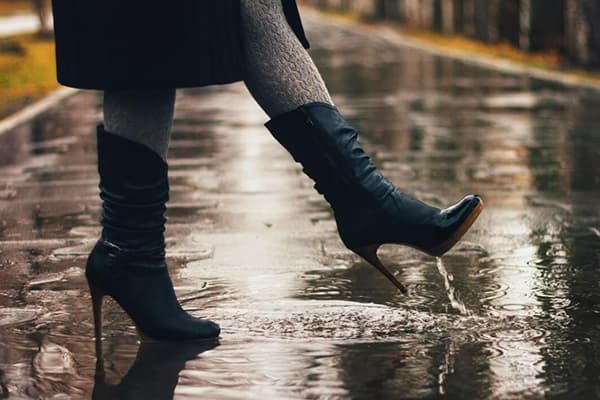
How to choose shoes that don't get wet?
Most often, cheap shoes leak water. This is due to the quality of the materials used in its manufacture: the leatherette turns out to be paper coated with a thin layer of polyurethane, and the glue with which the upper is attached to the sole is similar to PVA. At the same time, moisture seeps in from all sides and almost at lightning speed.
Rule No. 1 is to buy only expensive shoes or those from the middle price category in stores that issue a receipt and are responsible for warranty obligations.
However, expensive boots or shoes made of genuine leather can also leak. This happens when they are intended for the market in countries where the weather is dry almost all year round. Manufacturers simply do not expect that their products will be used in harsh climatic conditions, so they do not care about good waterproofing.
Rule No. 2 - always ask about the availability of a certificate (for children's shoes) or a declaration of conformity with technical regulations (for adult shoes).
The lower the height of the platform, the easier it is to get your feet wet, since the junction of the sole and the upper is the most vulnerable to water. Shoes with thin soles - from 0.5 to 2 cm - in rainy weather it is better to leave them at home or wear special protective shoe covers over them.
Rule No. 3 - shoes should not only be beautiful, but also functional.
It is worth paying attention to the way the sole is attached to the top:
- Glue-stitched is absolutely not suitable for walking through puddles. The holes through which the thread passes are not sealed, so they easily let water through.
- Adhesive is often used in cheap shoes, as well as those designed for walking on dry asphalt. Such boots or shoes take up water more slowly than those made using the previous method, but they are also not recommended for use in rain and slush.
- Adhesive molding (otherwise known as liquid molding) is an ideal option in wet weather as it provides complete protection from moisture.
By the way, domestic GOST standards allow the production of winter shoes exclusively with sole fastening using the glue-molding method.
Rule #4 - It is important to pay attention to how the shoes are made.
Although most of the water penetrates through the joint, the material from which the upper is sewn also matters. Fabric boots, boots and shoes are absolutely not intended to be worn outside during rainfall, although they are impregnated with special water-repellent compounds. Natural suede is more stable and does not get wet immediately. But the best results are shown by leather - if it is thick enough and properly treated, you can wear such shoes for a long time in the rain or walk in wet snow.
Rule No. 5 - the upper of the shoe should be made of the most waterproof material possible.
Shoe care during the rainy and slushy season
When it's wet and muddy outside, shoes require extra attention. If in dry weather it is enough to wipe the dusty areas with a damp cloth and apply cream to the leather areas of the upper, then after returning home in the rain you should adhere to the following algorithm:
- Immediately wash and dry your boots or boots - this applies not only to the tops, but also to the soles.
- Check to see if the inside of the shoes is wet. If such a problem occurs, you need to start drying it. This can be done in two ways - push crumpled newspapers into the toe and heel (do not overdo it - it is important to maintain the shape) or use a special electric dryer. Placing shoes near the battery is strictly prohibited.
- When the shoes are dry, they need to be treated with waterproofing agents.
It is advisable to have several pairs of shoes so that you can wear them alternately every other day.
How to treat shoes to protect them from moisture?
To avoid getting your feet wet, it is not enough to choose high-quality shoes - without proper care, even the best shoes and boots will begin to leak water.
Store products
There are three main types of protective equipment on store shelves:
- Waxes and creams for leather shoes. In this case, you need to choose an organic cream - it is this one, unlike the emulsion one, that can provide the material with water resistance.
- Sprays for suede and nubuck. Only those containing photocarbon resins will be effective.
None of these remedies last forever, so treatments must be regular.
Traditional methods
Even before the advent of industrial products, people came up with many recipes for treating shoes from moisture. All of them are quite effective, but they cannot be called gentle. Therefore, before applying the cream you prepared yourself to the entire surface, it is better to test its effect on a small area, choosing the most inconspicuous place for this.
The following recipe is suitable for natural leather:
- 0.5 teaspoon of pharmaceutical turpentine;
- 4 teaspoons fish oil;
- 4 teaspoons flaxseed oil.
For artificial leather, it is better to use the following ingredients:
- 2 teaspoons castor oil;
- 2 teaspoons flaxseed oil;
- 1 teaspoon of grated paraffin (you can take a candle).
In both cases you will need a steam bath. Place the container in which the moisture-proof cream will be prepared on a bowl or pan of boiling water. All ingredients are mixed in it in the indicated proportions and heated until boiling. 2-3 minutes after the mixture begins to boil, turn off the stove and allow the finished product to cool, then transfer it to a clean glass jar with a lid. The shelf life of this cream is about a month or even more.
Without using a water bath, you can prepare a universal product that is suitable for both natural leather and substitute leather. Required:
- 100 g of purified, odorless gasoline;
- 1 teaspoon of grated paraffin.
Both components must be mixed in a glass jar and wait until the paraffin is completely dissolved.
Any of the listed products should be rubbed on your shoes in the evening so that it has time to be absorbed overnight.
Finding boots that don't get wet at all in rain and slush is not easy - but it is possible if you follow the rules mentioned above.In addition, it is important not to neglect the means that create a waterproof layer on the surface of the shoes.
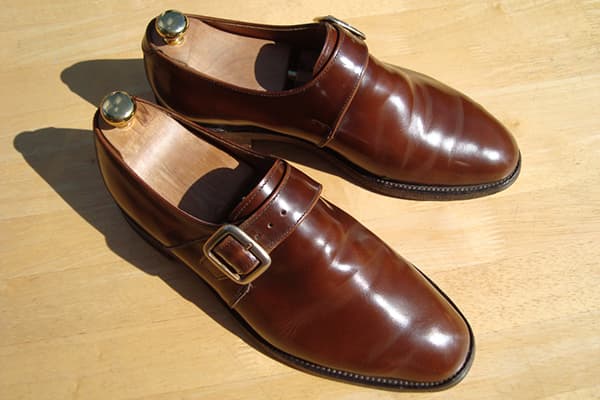
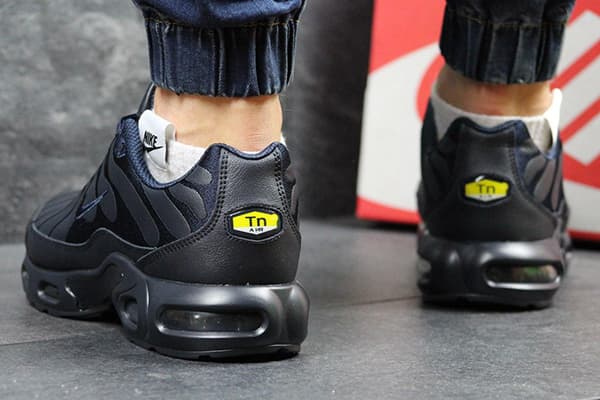
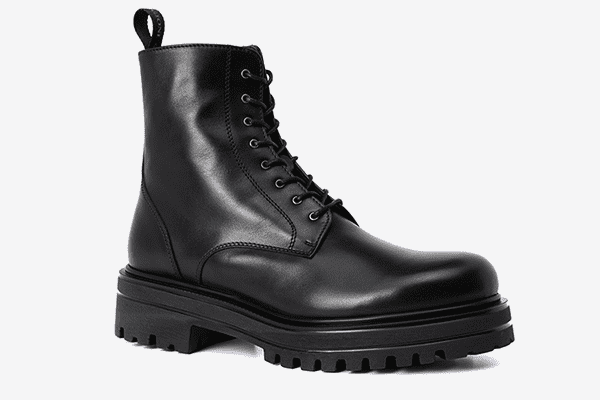
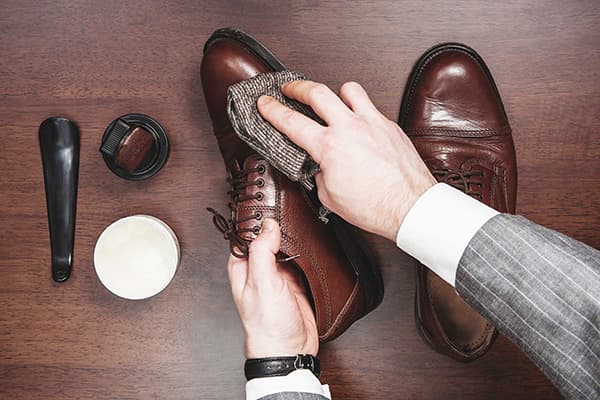
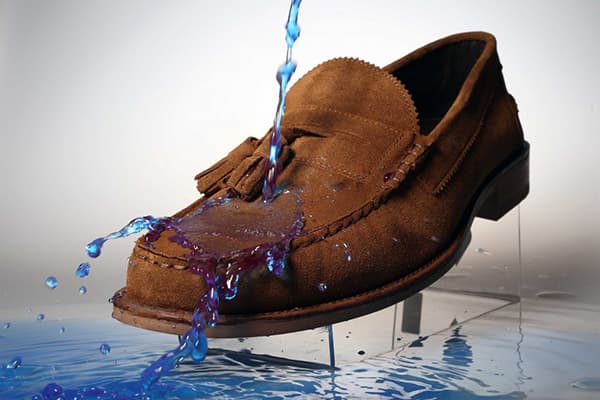
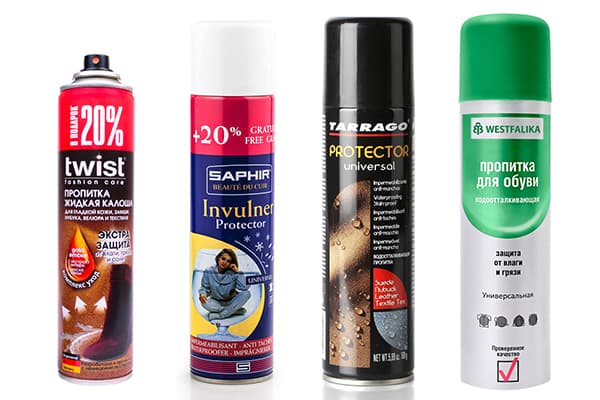
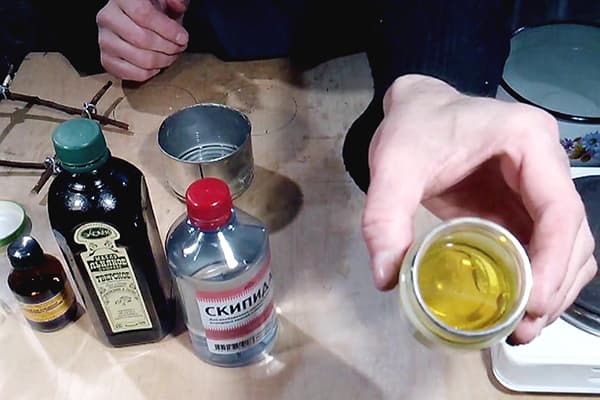
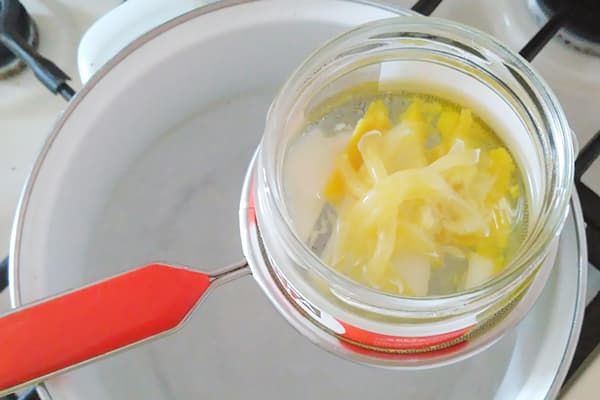
Everything was written correctly and clearly, thank you. I’m just polishing my shoes with a woolen cloth and applying Salton Expert water protection, it helps a lot and protects my boots. If it weren’t for this product, it would have dried out long ago due to constant drying.
When buying shoes, I usually give preference to stitched soles; I think it’s more reliable. But for the fall I will now look for shoes with adhesive-molded soles.